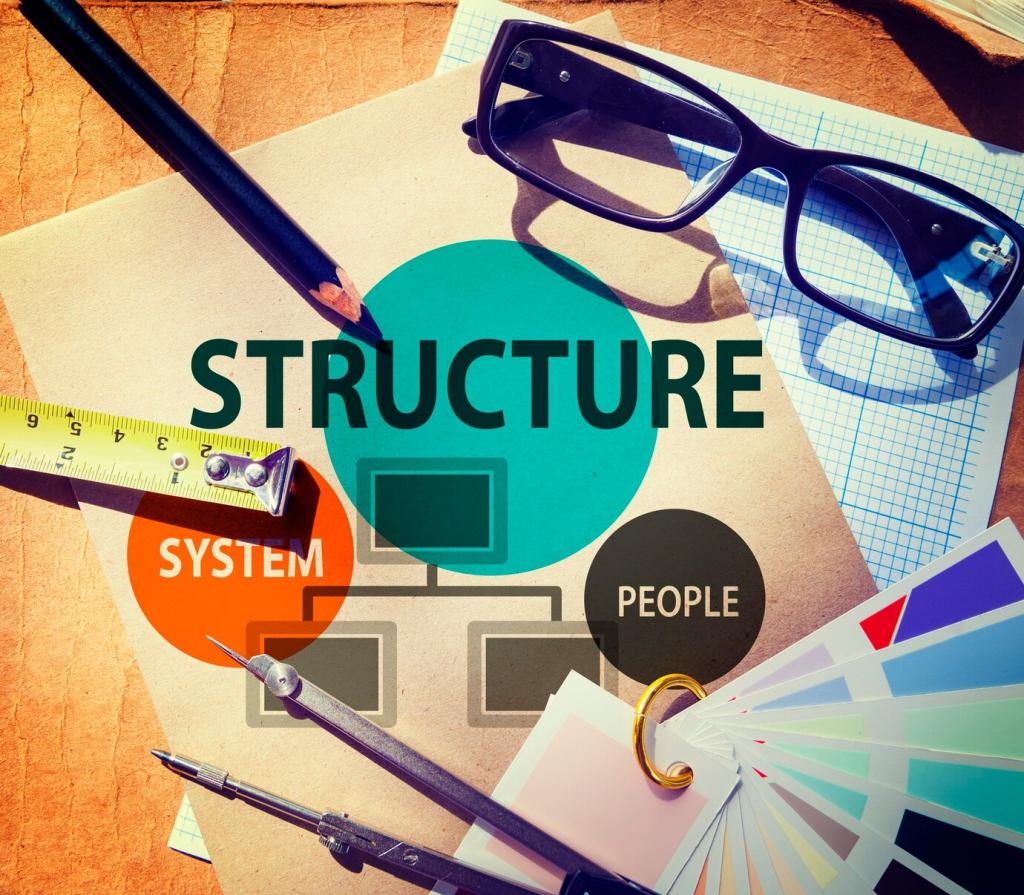Flow, Program, and Spatial Choreography
A plan looks perfect until a wet umbrella enters. We shifted an entry bench closer to the structural core, easing circulation while freeing daylight paths. What small relocation in your home unexpectedly transformed your daily flow and why did it succeed?
Flow, Program, and Spatial Choreography
Thickened walls around a stairwell became storage and a sound buffer. Architecture gave volume; the interior gave purpose. The result was a quiet reading perch beside the noise. Tell us your favorite acoustic trick that partners with the building rather than fights it.






